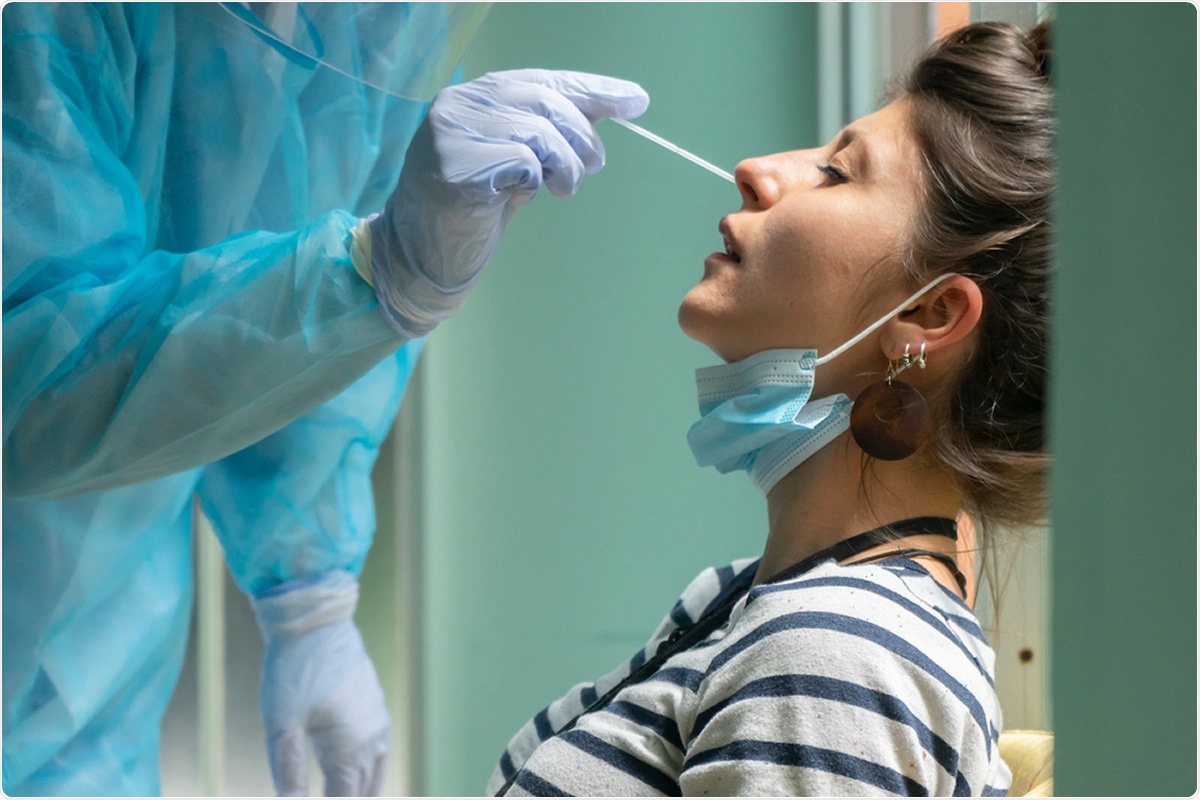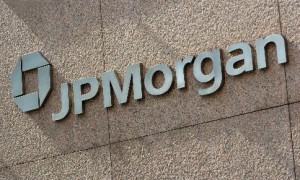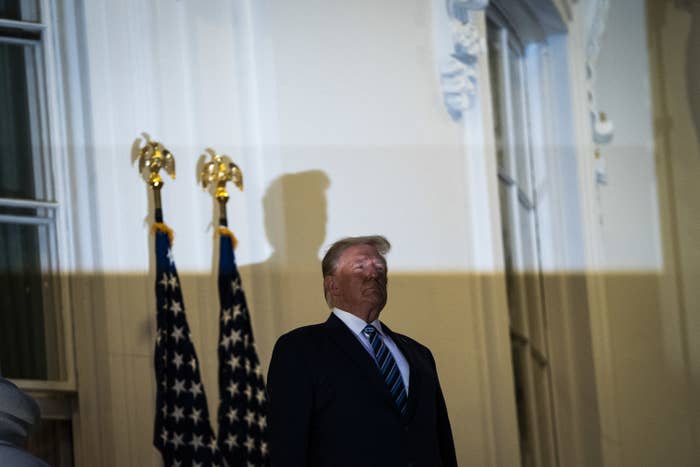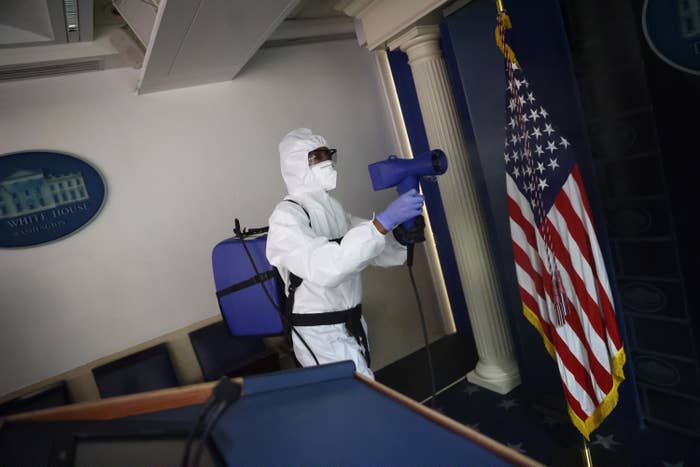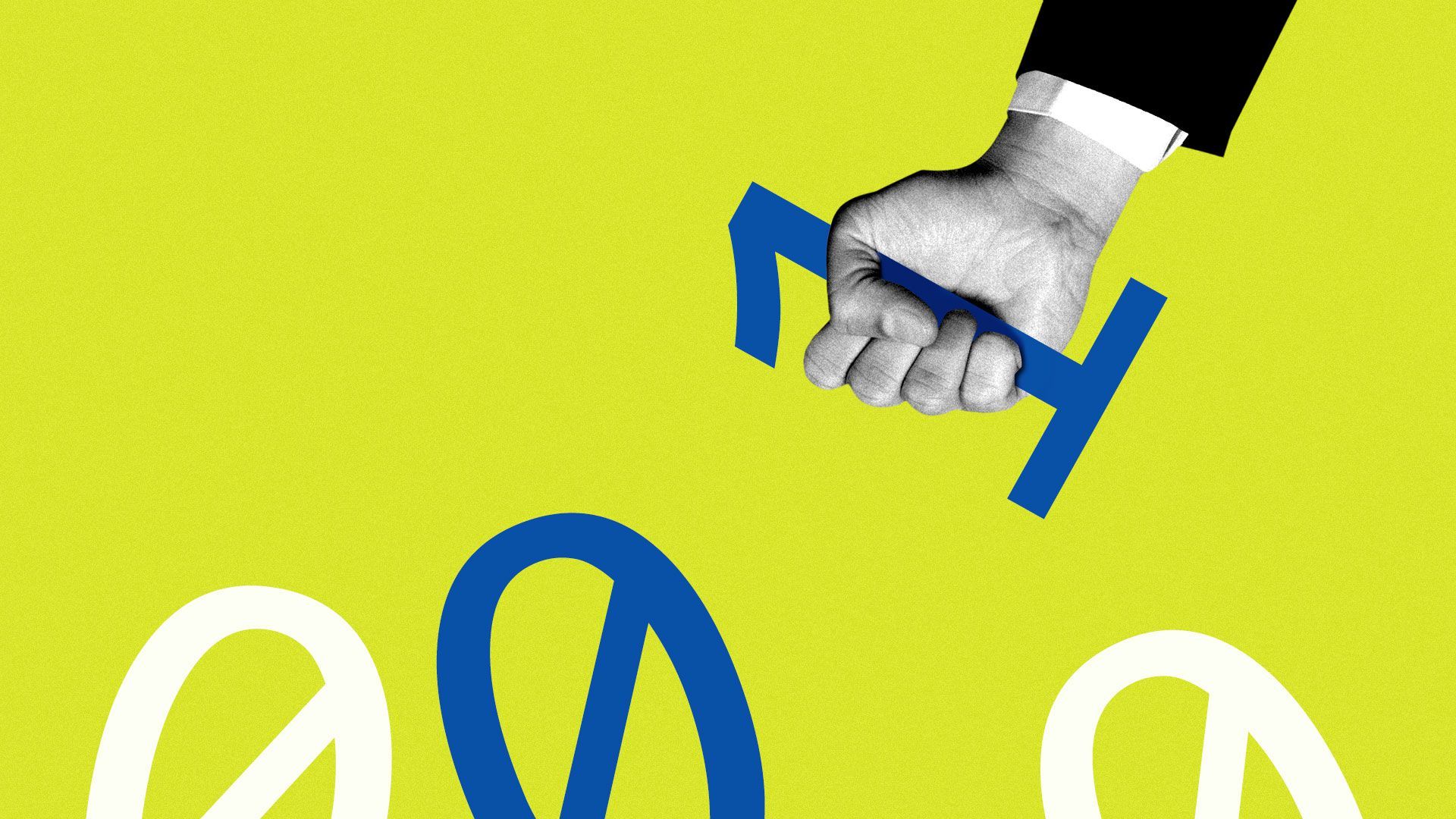Download PDF Copy
By Susha Cheriyedath, M.Sc.Oct 4 2020
Severe acute respiratory syndrome coronavirus 2 (SARS-CoV-2) is the causative agent for the current coronavirus disease (COVID-19) pandemic that has affected more than 35 million people and caused more than 1 million global deaths to date. The unprecedented repercussions of the pandemic have forced scientists to study the virus and its mechanism of infection closely in order to find a way to contain the spread of this virus through vaccination or treat affected people with effective therapeutic strategies that will help bring down the death rate.
Many of these efforts are focused on identifying the intermediate animal that is potentially involved in the transmission of the SARS-CoV-2 virus to humans. Several works found evidence for pangolin being the intermediary between the virus and humans based on the presence of virus related to SARS-CoV-2 in Malayan pangolins, ACE2 receptor polymorphism, and the similarities in sequence between the receptor-binding domain (RBD) of pangolin and human Sarbecoviruses.
However, some studies later reported that the binding affinity of the pangolin ACE2 receptor for the RBD of the virus is low. In a recent paper published in the journal Infection, Genetics and Evolution, researchers from the University of Barcelona, Spain; Xiamen University, China; and IHU-Méditerranée Infection and CNRS, France, provided more evidence to prove why pangolin cannot be the intermediate animal in SARS-CoV-2 transmission to humans.

Study: COVID-19: Time to exonerate the pangolin from the transmission of SARS-CoV-2 to humans. Image Credit: Vickey Chauhan
The team proposed a different model named the ‘circulation model’ to illustrate how SARS-CoV-2-related coronaviruses could have circulated in different species, including humans, before COVID-19 emerged.
While many previous studies indicated that bats and pangolins were the culprits in COVID-19 transmission to humans, none of the studies clarified the actual role of these animals in the emergence of the COVID-19 pandemic. The SARS-CoV-2 virus is suspected of having emerged from bats and was said to be closely related to the Sarbecoviruses MN996532_raTG13 and RmYN02 from the Chinese horseshoe bats Rhinolophus affinis and Rhinolophus malayanus, respectively.
.jpg)
Intermediate Horseshoe Bat (Rhinolophus affinis). Image Credit: Binturong-tonoscarpe / Shutterstock
Genomic analysis shows SARS-CoV-2 has been circulating in bats for many decades
Related Stories
Chronic illnesses promote active SARS-CoV-2 infection via suppressed mucosal immunity
Study shows how wind instruments vary for risk of virus transmission
Complex SARS-CoV-2 serology means universal immunological assay is not feasible
The findings of this study did not agree with the currently proposed spillover model for zoonotic emergence. Also, the in-depth genomic analysis failed to support recombination in SARS-CoV-2 and showed that it has been circulating in bats for several decades now. Moreover, the drawback of metagenomic analyses that some previous studies performed is that there is not enough evidence to show that different parts come from the same virus and the recombinants came from artifactual assembly mosaics.
The SARS-CoV-2 spike protein S1 binds to the human ACE2 molecules on the cell surface. The analysis of ACE2 3D structures indicated that the amino acids found in the 30–41, 82–93, and 353–358 regions play a key role in interactions with the viral S1 spike protein. This set off a series of in silico analyses of ACE2 polymorphism that aimed at predicting which putative intermediate host animal might bind best to the ACE2 receptor so as to capture a SARS-CoV-2-like virus that is transmissible to humans.
Other than pangolin, the virus was shown to bind to the ACE2 receptor from a host of animals, including Chinese horseshoe bats, cats, civets, turtles, monkeys, ferrets, dogs, Chinese hamsters, cows, buffaloes, sheep, swine, and pigeons. According to the researchers, the virus does not preadapt to the host; instead, there is a host-driven selection of viruses post-exposure that can evade immune surveillance. The virus is already present in humans or animal species close to humans. A random event like a mutation suddenly makes it pathogenic or more invasive.
“According to the circulation model, what really prepares the ground for the epidemic is simply an accidental event, i.e., a mutation, recombination or reassortment in the virus genome.”
The authors feel that the actual triggers for epidemics and pandemics lie in the organization of the society and human/animal contacts, and amplification loops offered by the human society, such as land conversion, contacts, markets, mobility, and international trade.
According to the researchers, a significant positive aspect of the circulation model is that the focus of the model is on human activities and not wildlife, and if we want to prevent future pandemics like these, we must reconsider the manner in which we interact with nature. They concluded that bats, pangolins, and other animals are not responsible for the epidemics or pandemics humans are facing right now. Blaming such infectious diseases on zoonotic emergence caused by wildlife may only result in unnecessary culling and mass slaughter leading to loss of biodiversity.
Journal reference:
Roger Frutos, Jordi Serra-Cobo, Tianmu Chen, Christian A. Devaux, COVID-19: Time to exonerate the pangolin from the transmission of SARS-CoV-2 to humans, Infection, Genetics and Evolution, Volume 84, 2020, 104493, ISSN 1567-1348, https://doi.org/10.1016/j.meegid.2020.104493, http://www.sciencedirect.com/science/article/pii/S1567134820303245

Written by Susha Cheriyedath has a Bachelor of Science (B.Sc.) degree in Chemistry and Master of Science (M.Sc) degree in Biochemistry from the University of Calicut, India. She always had a keen interest in medical and health science. As part of her masters degree, she specialized in Biochemistry, with an emphasis on Microbiology, Physiology, Biotechnology, and Nutrition. In her spare time, she loves to cook up a storm in the kitchen with her super-messy baking experiments.
